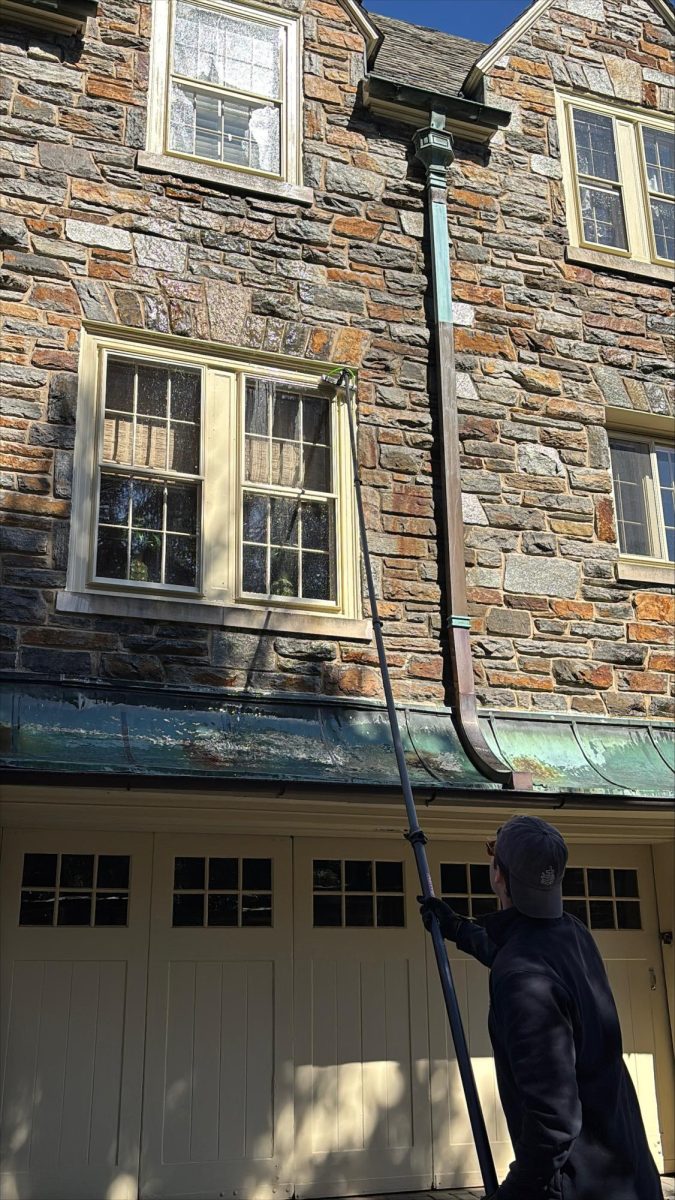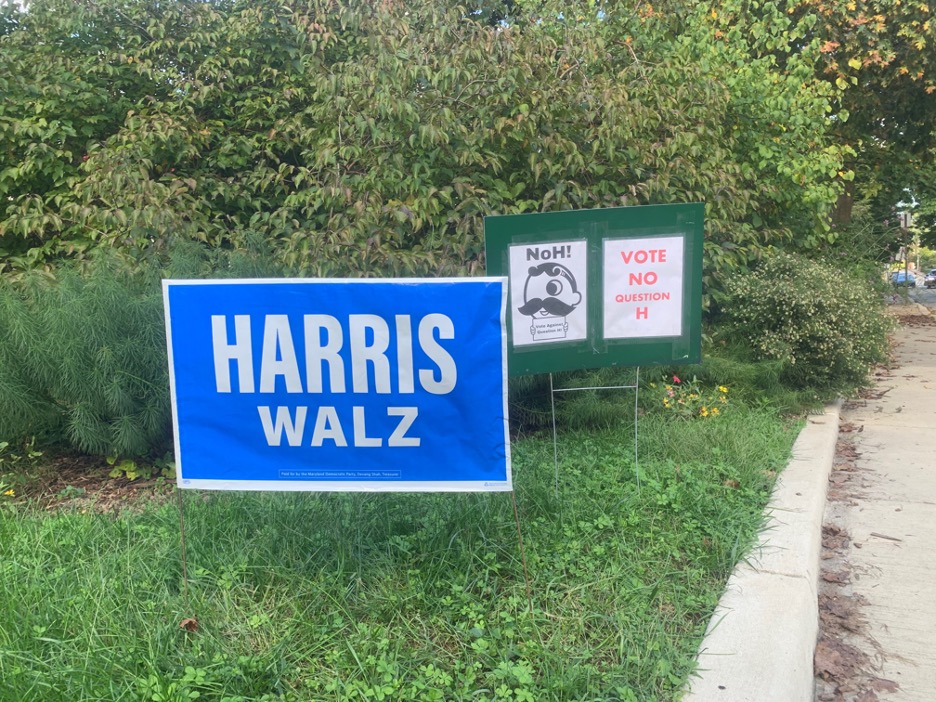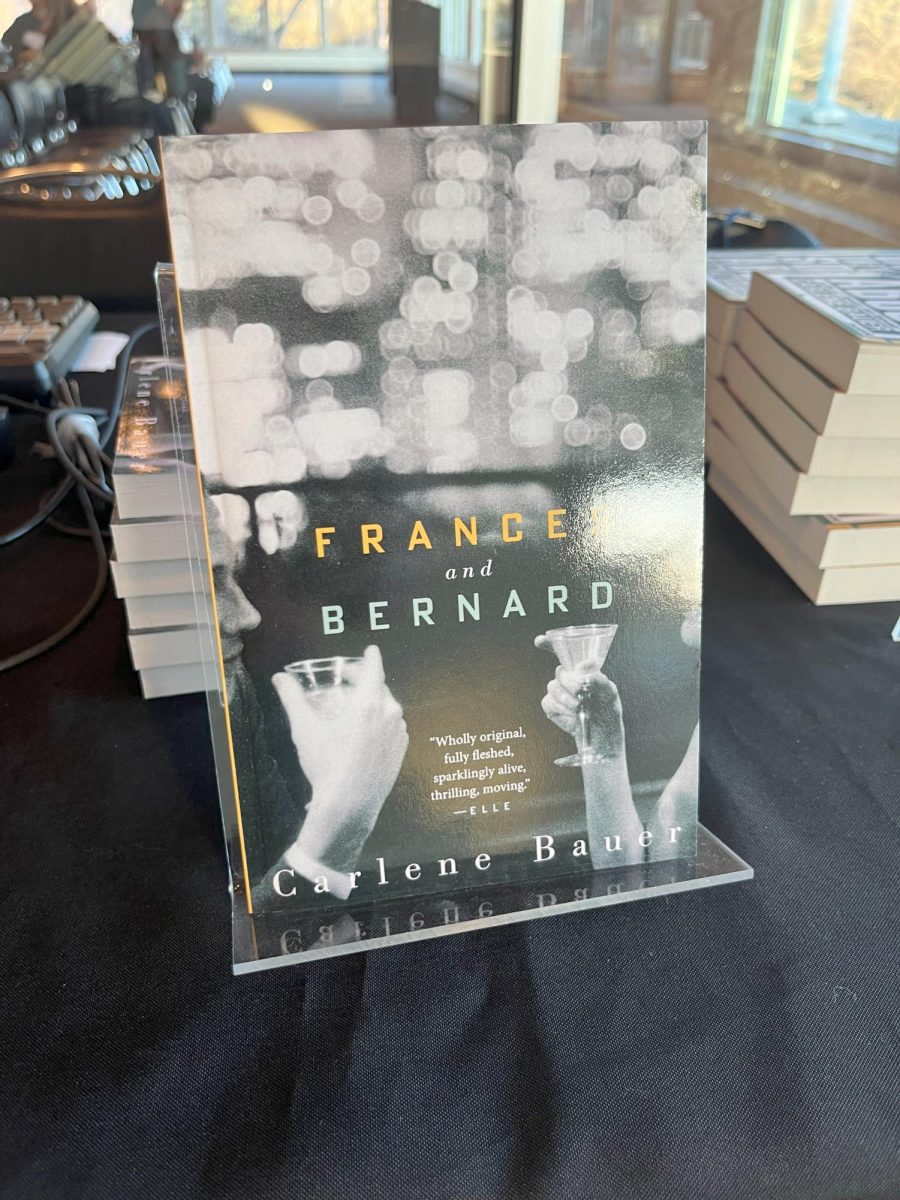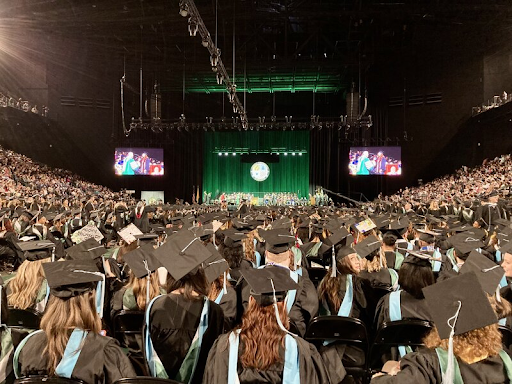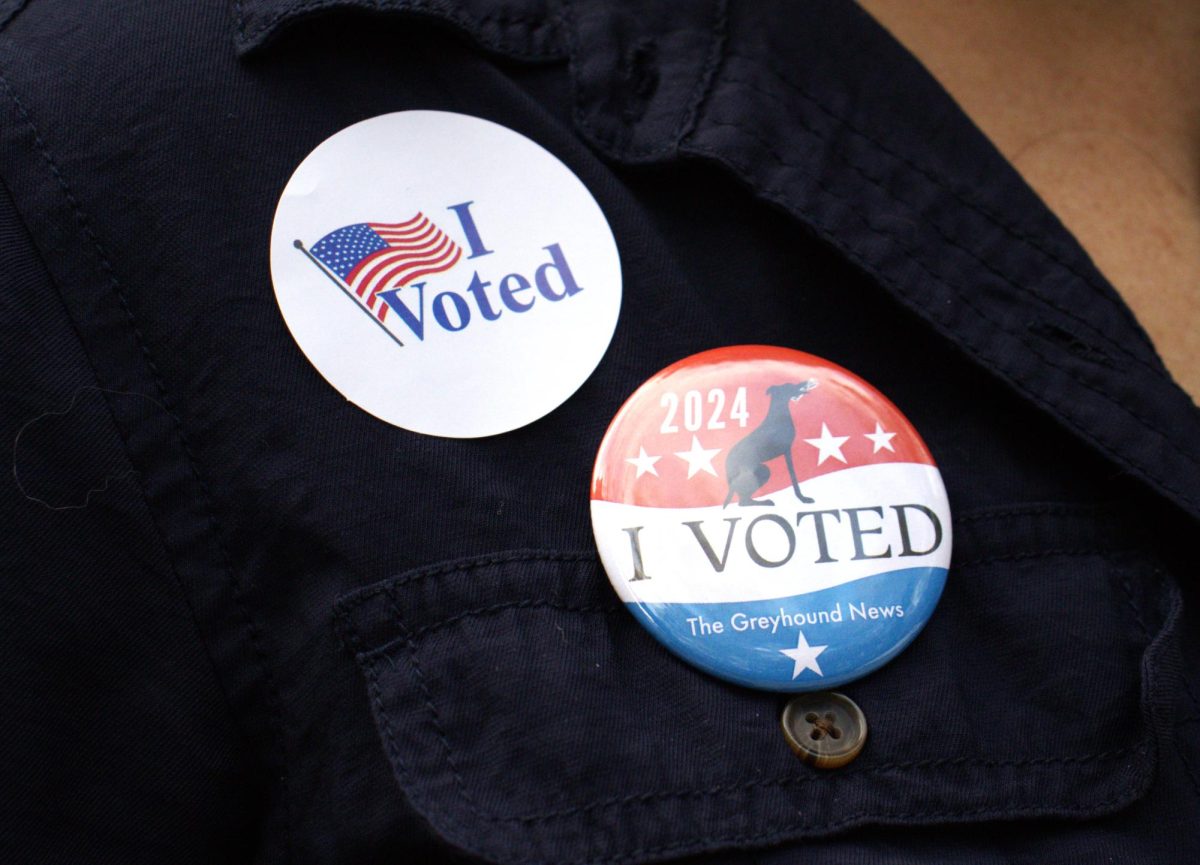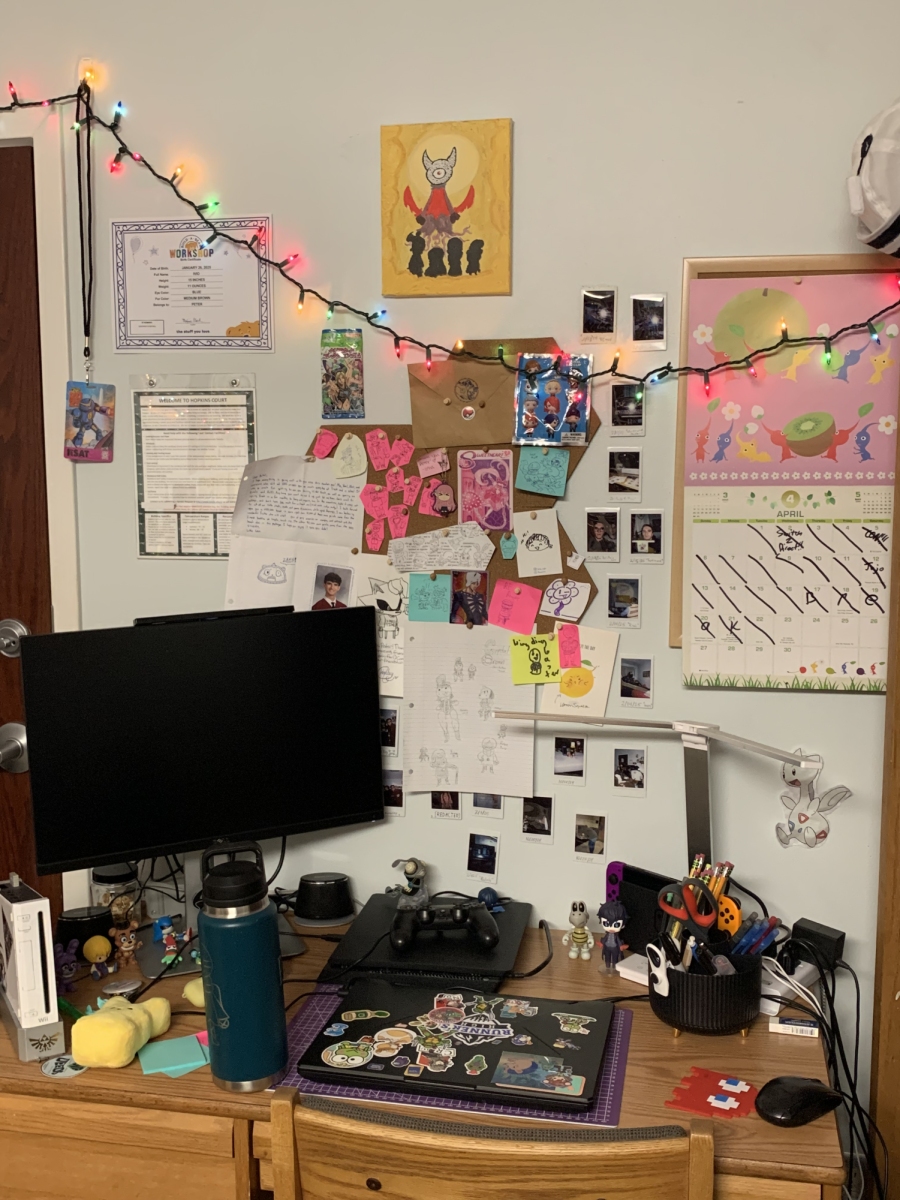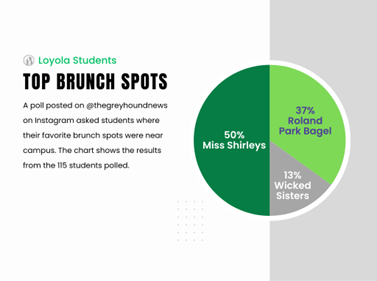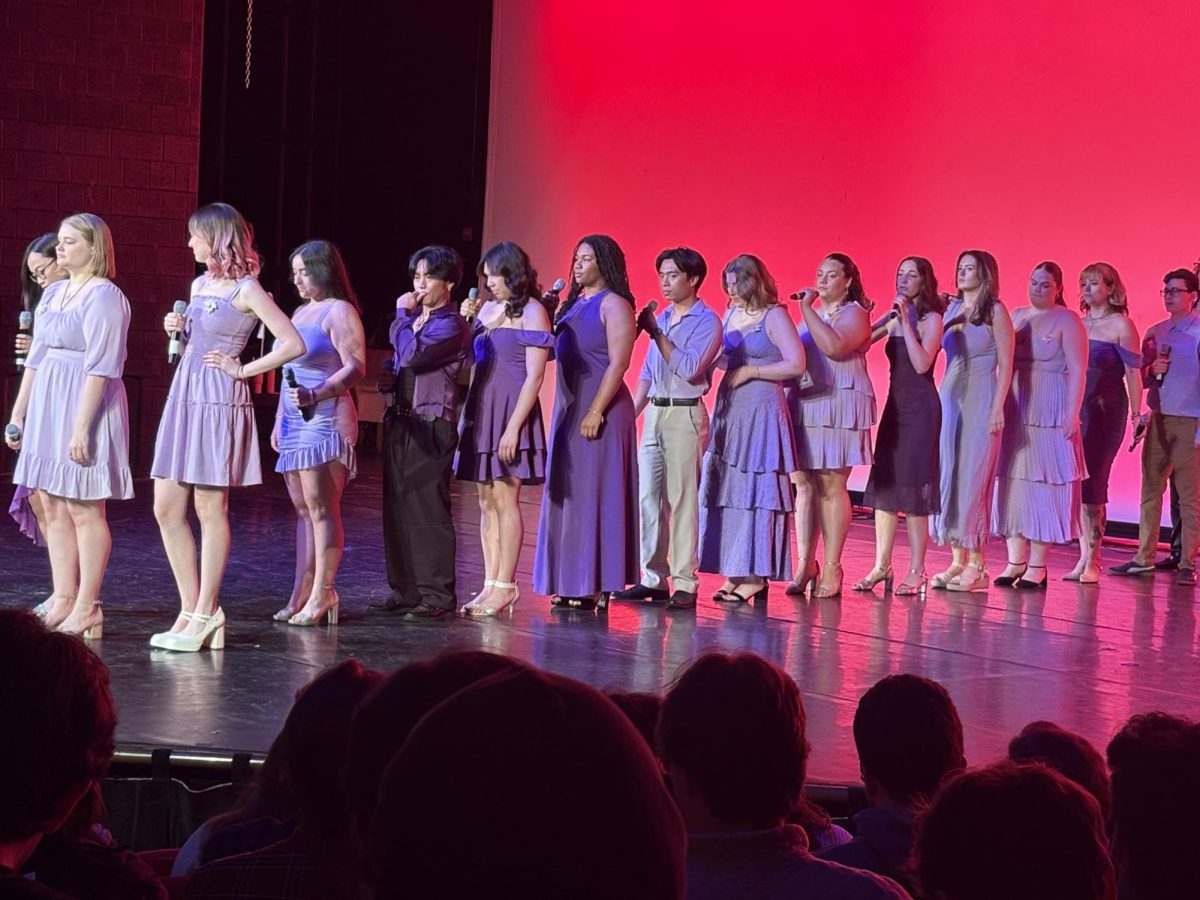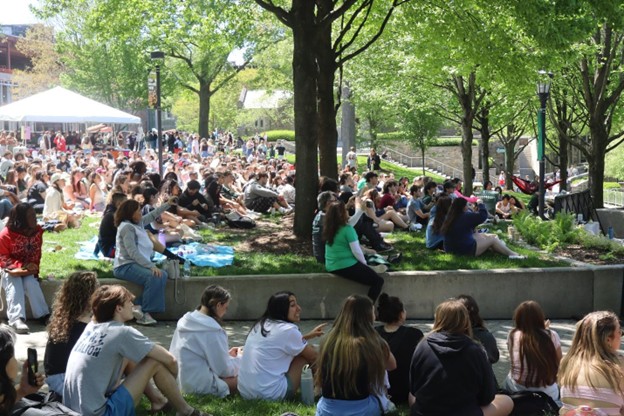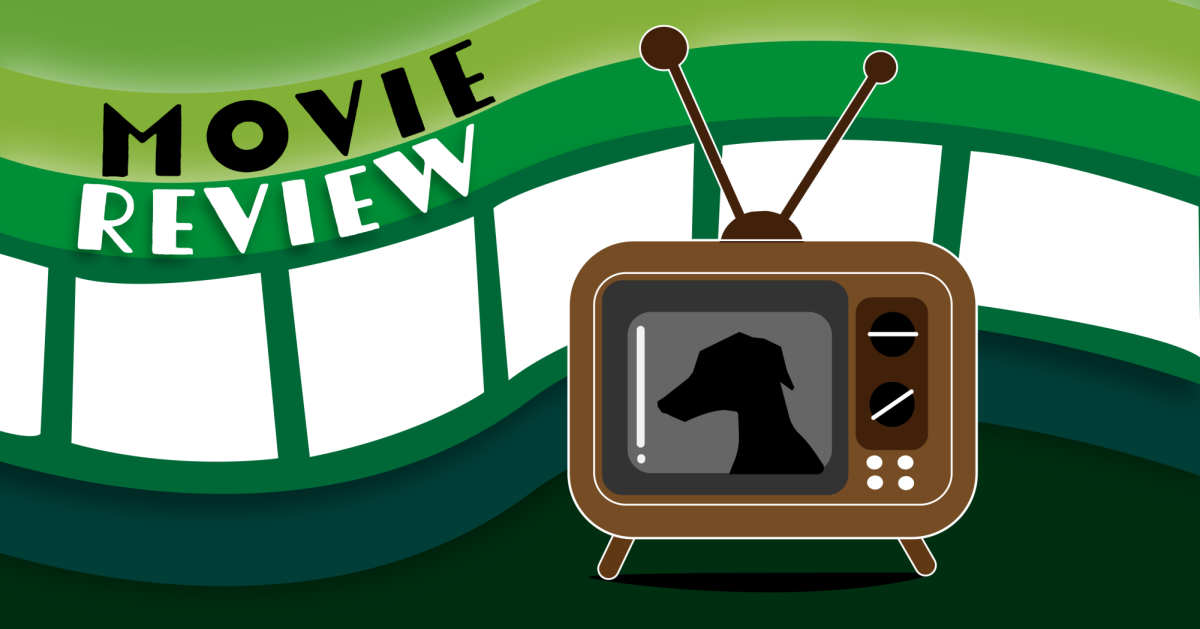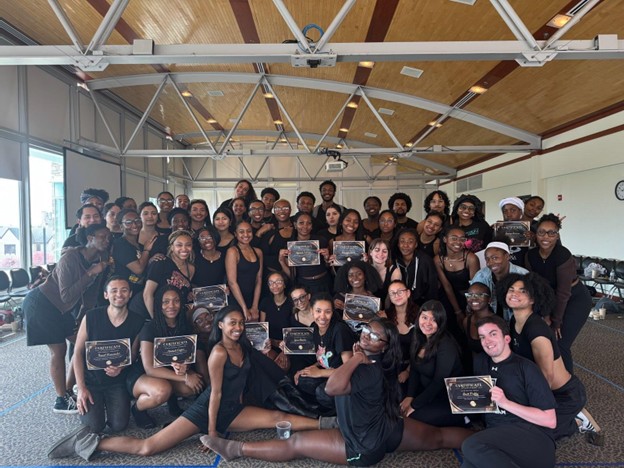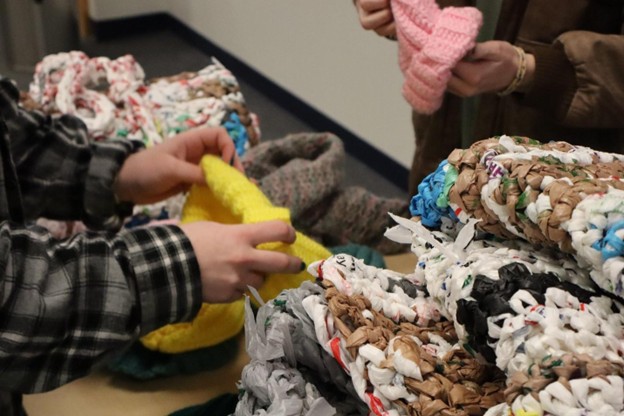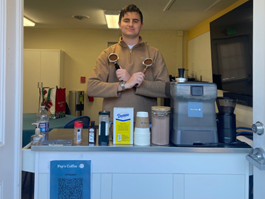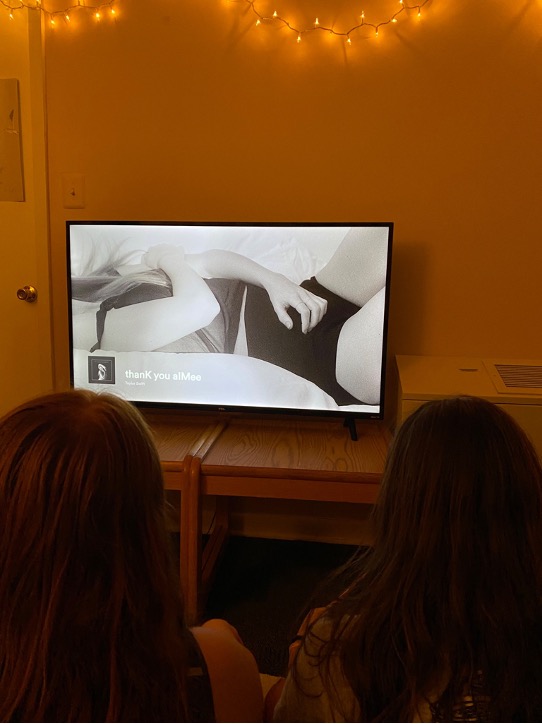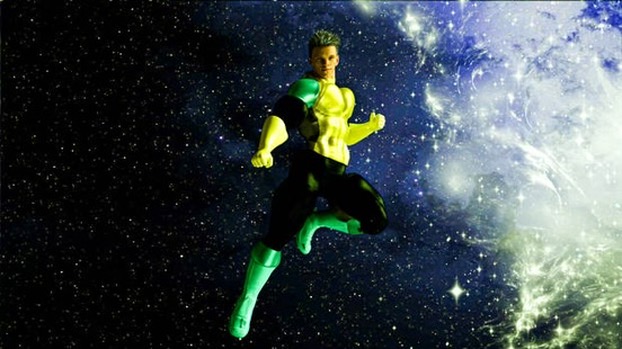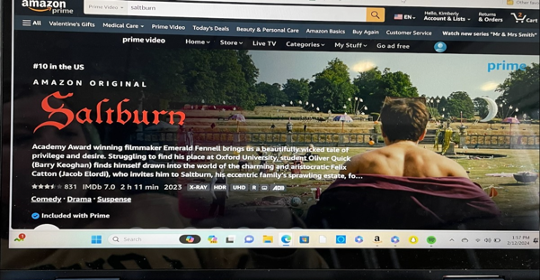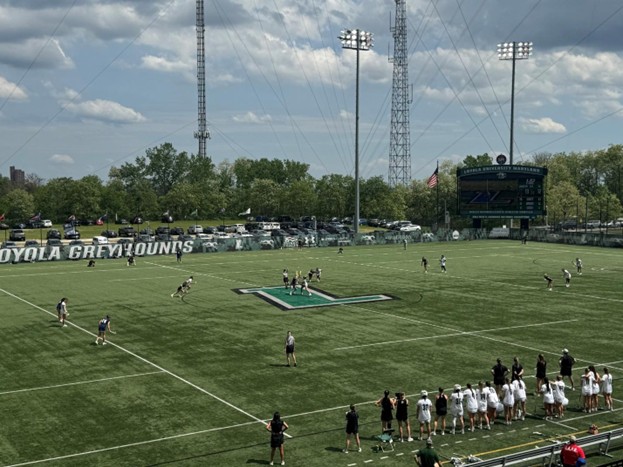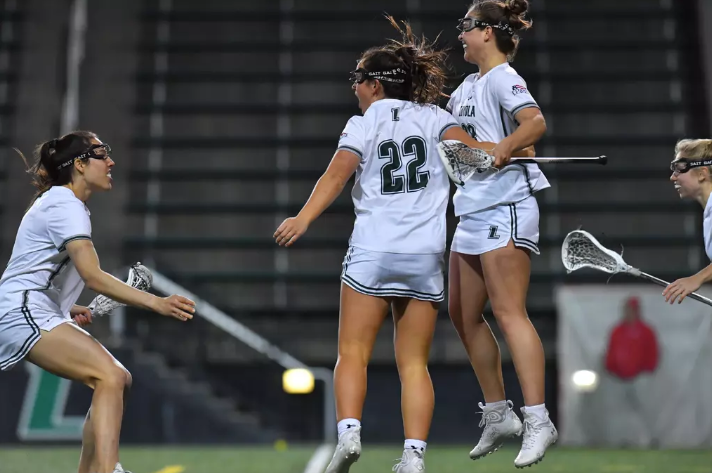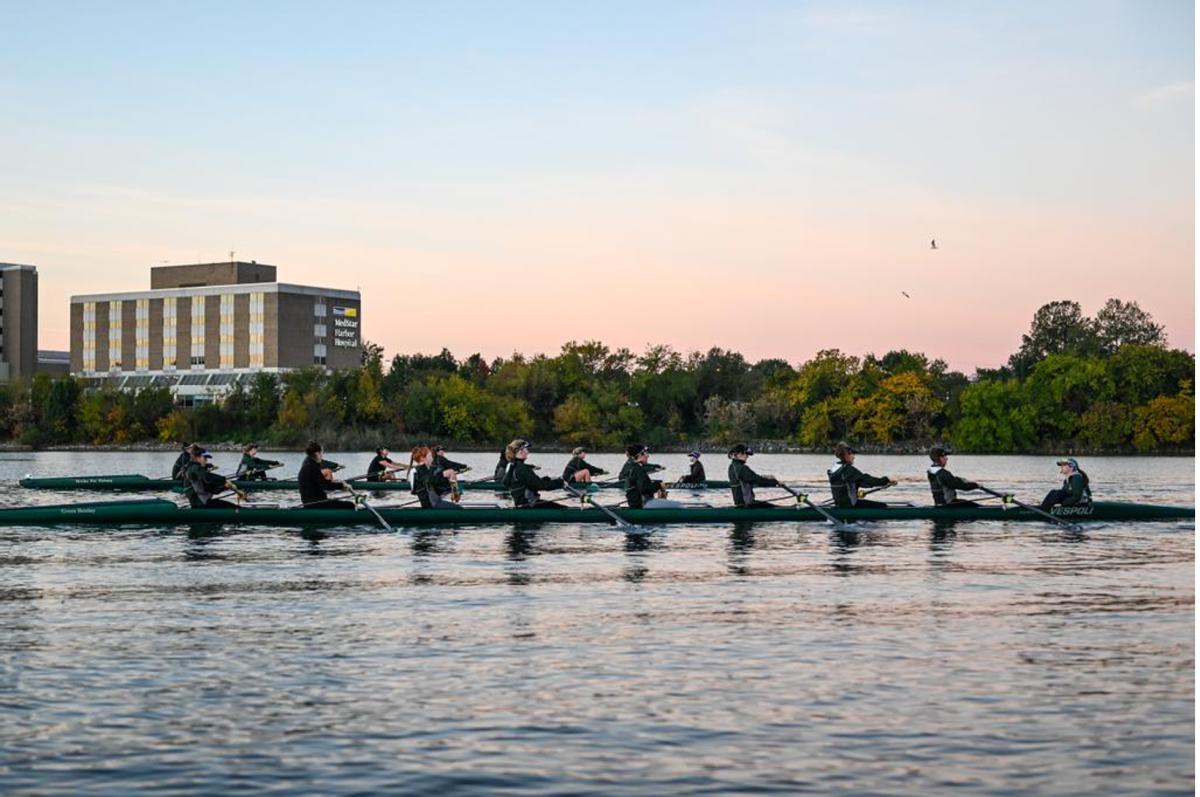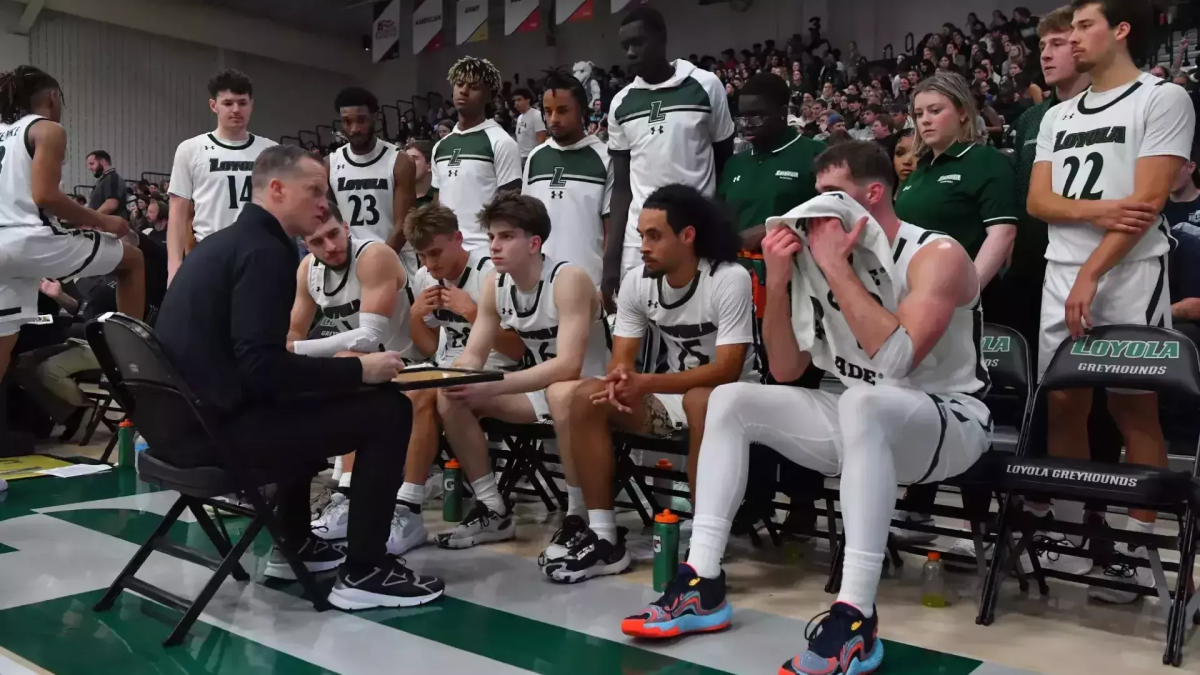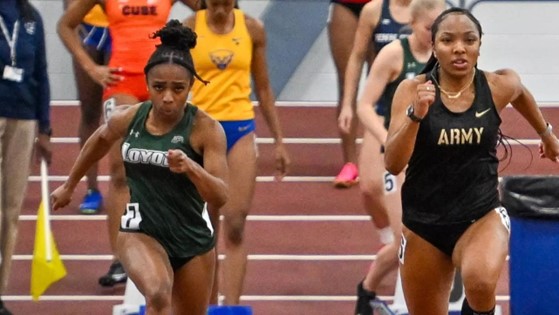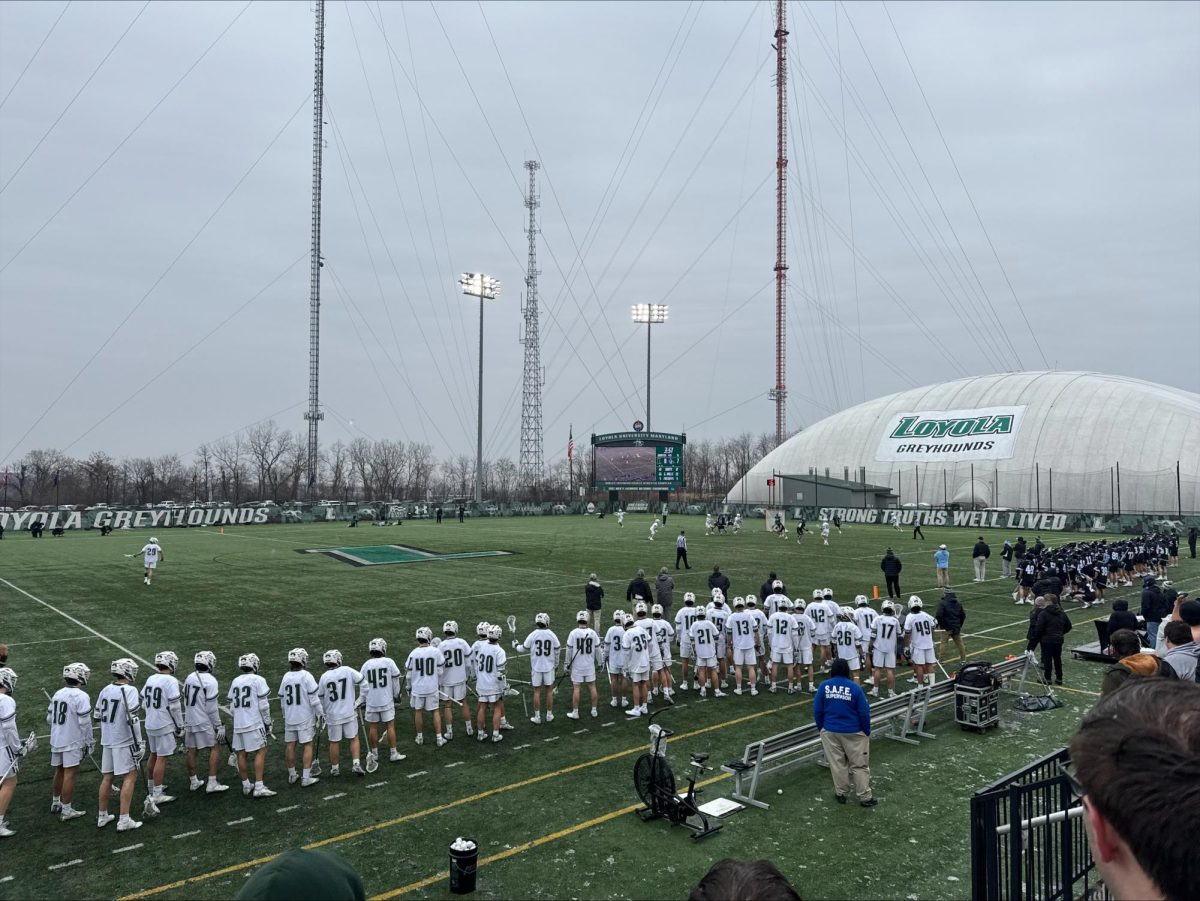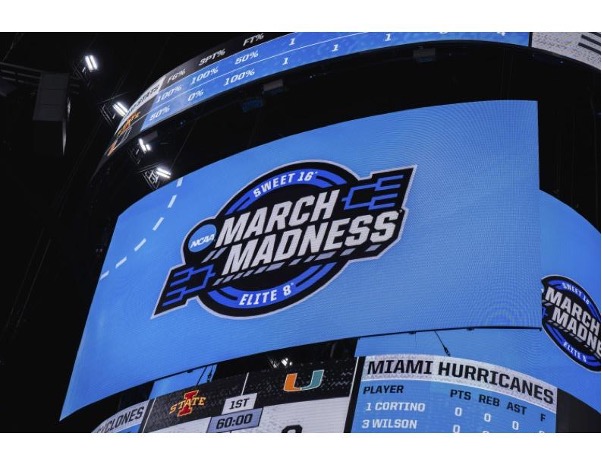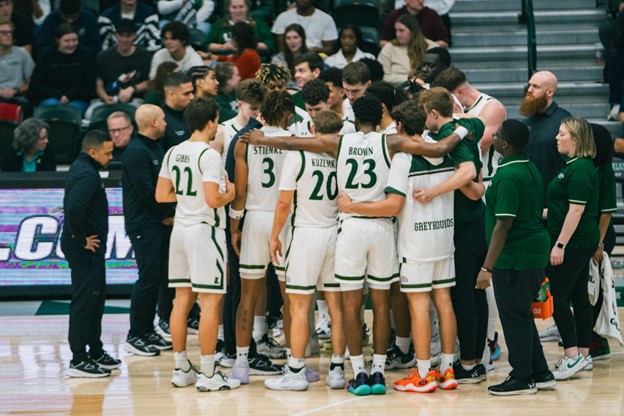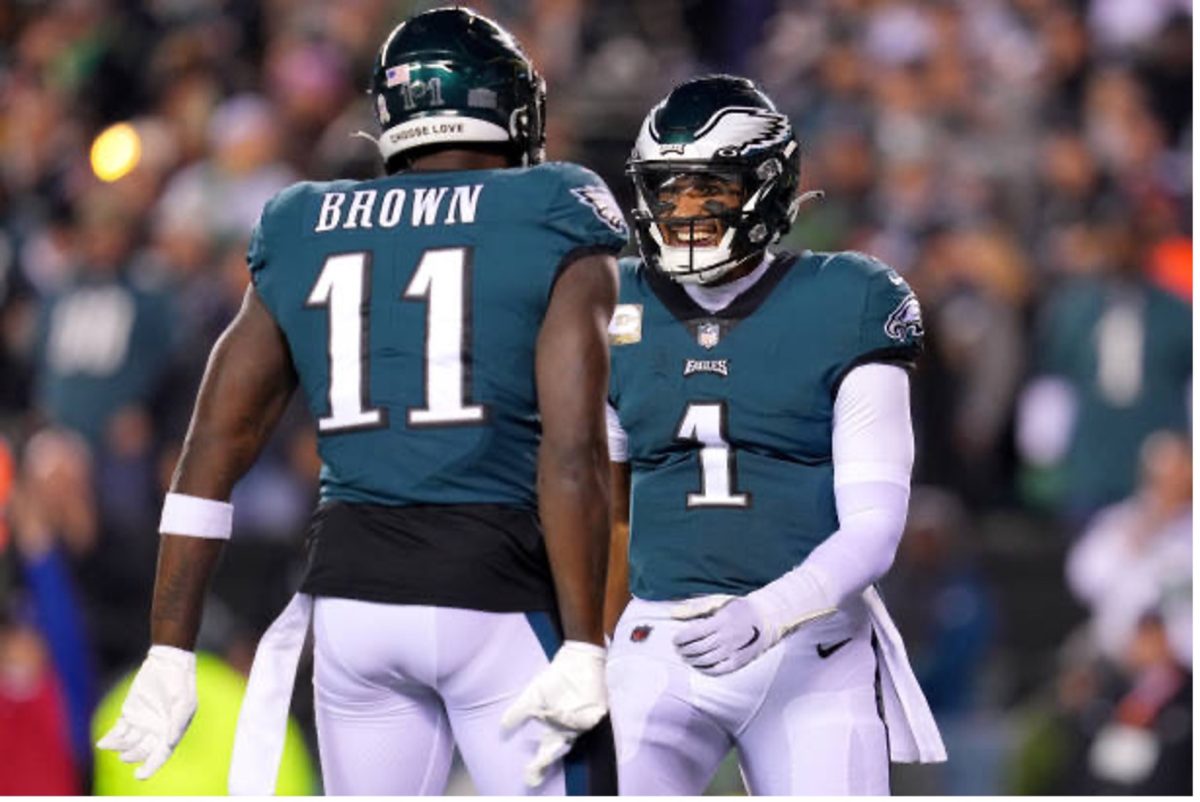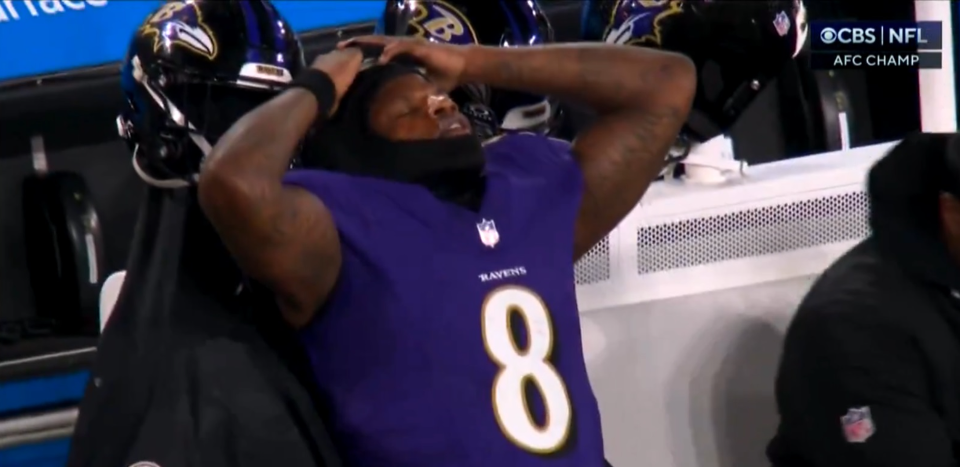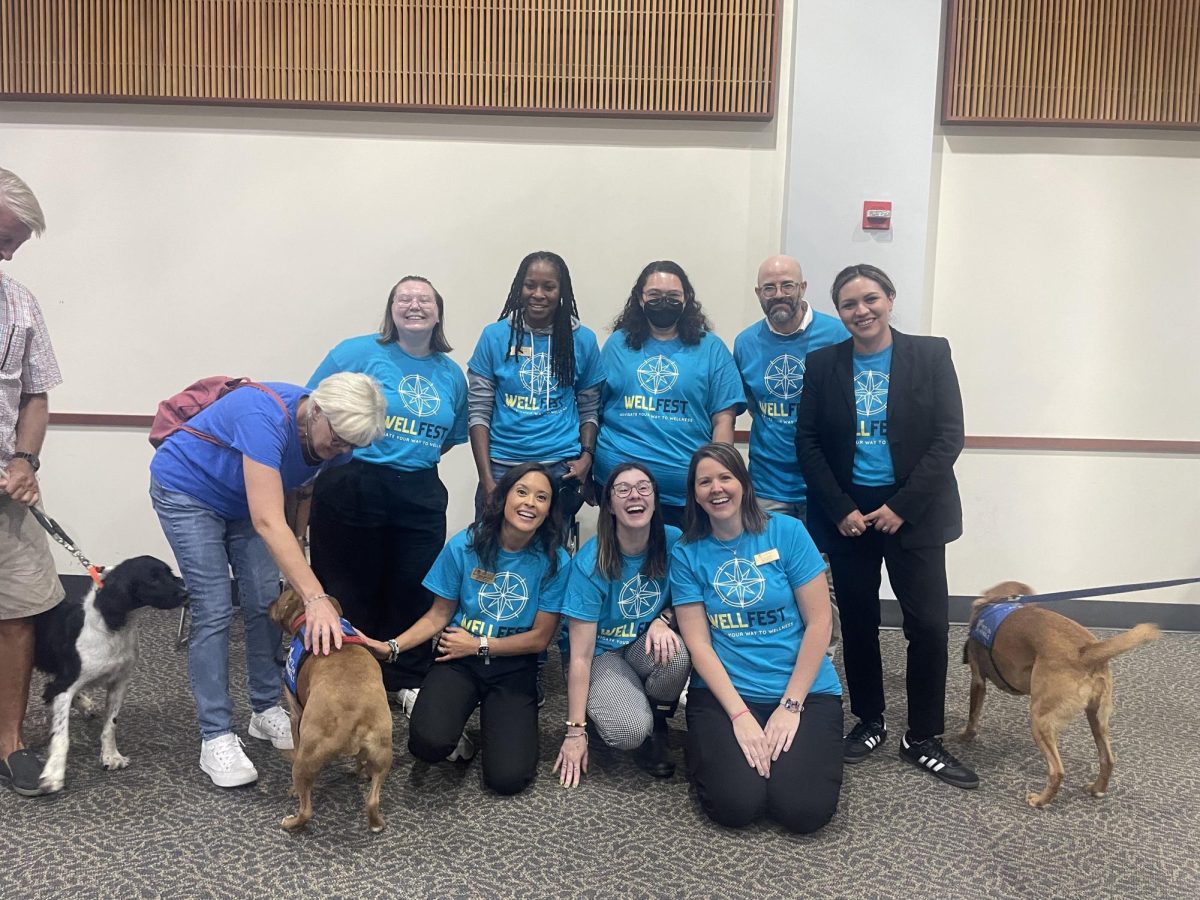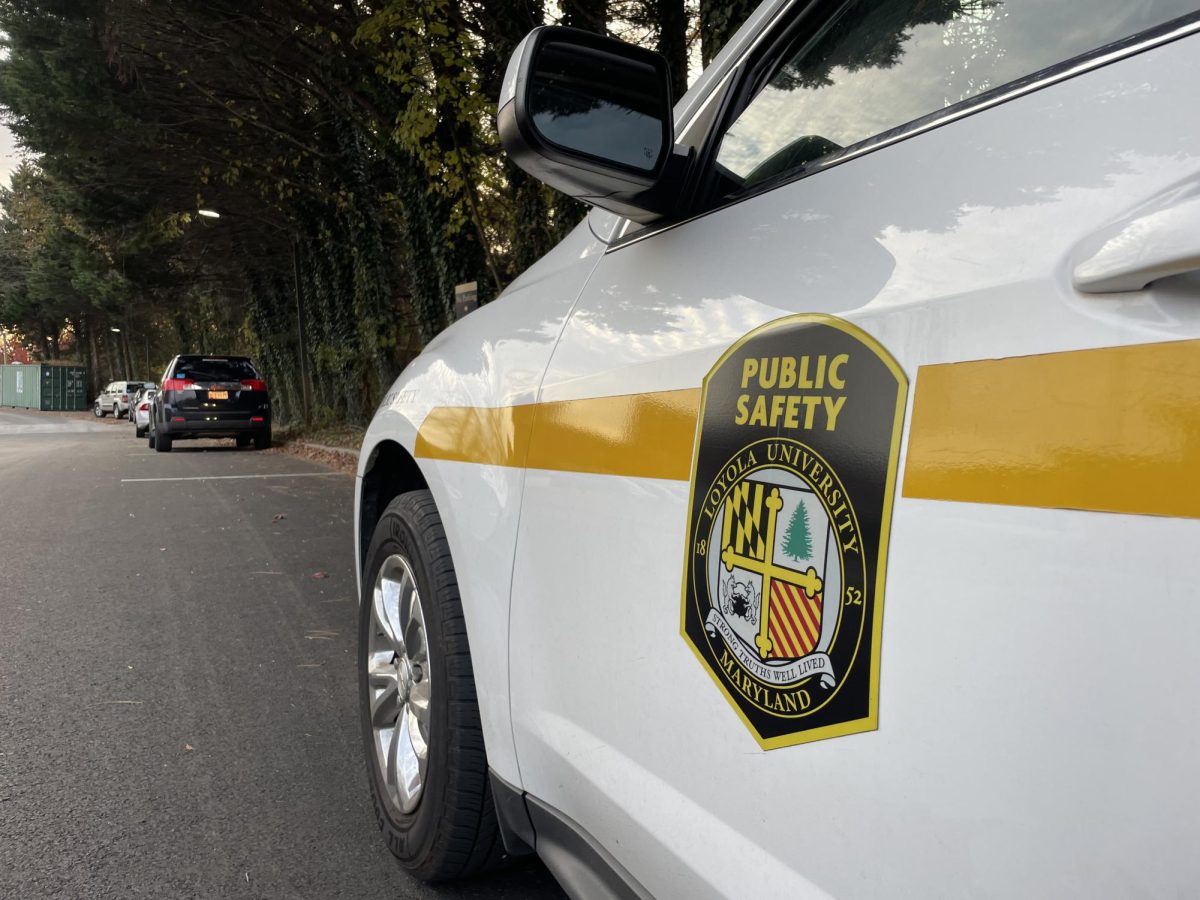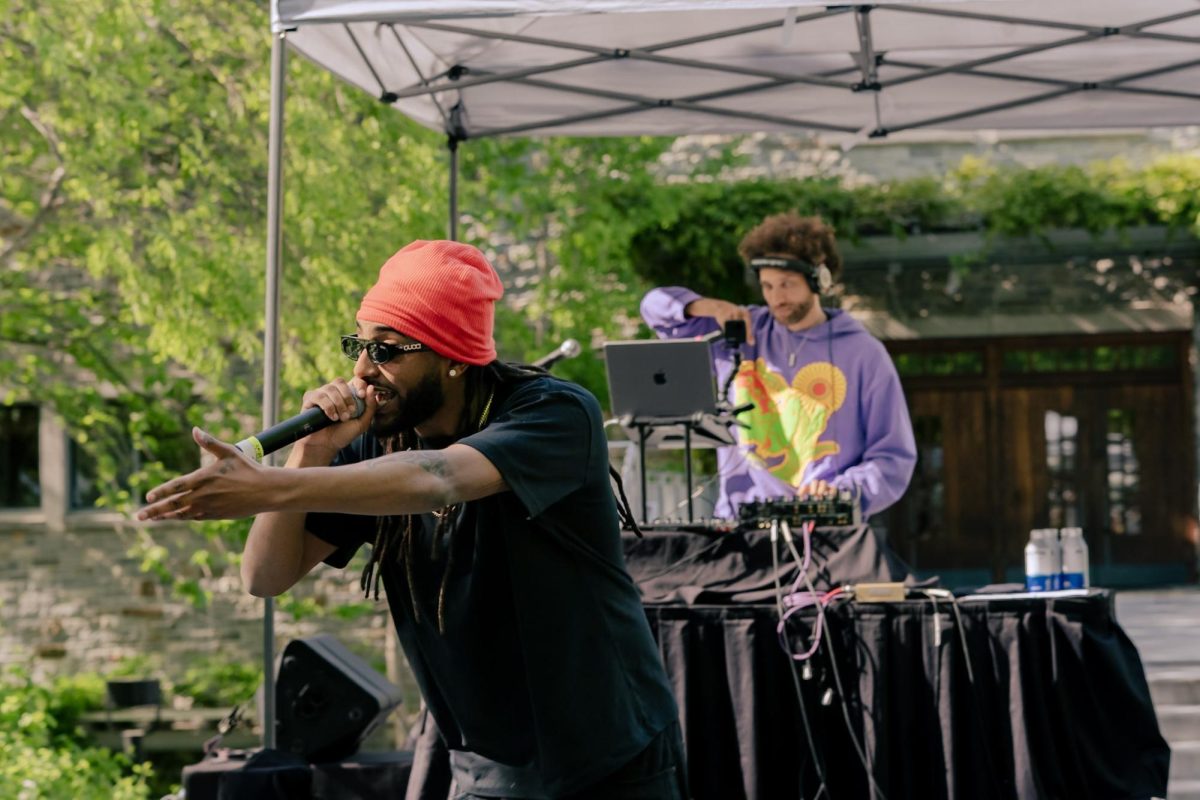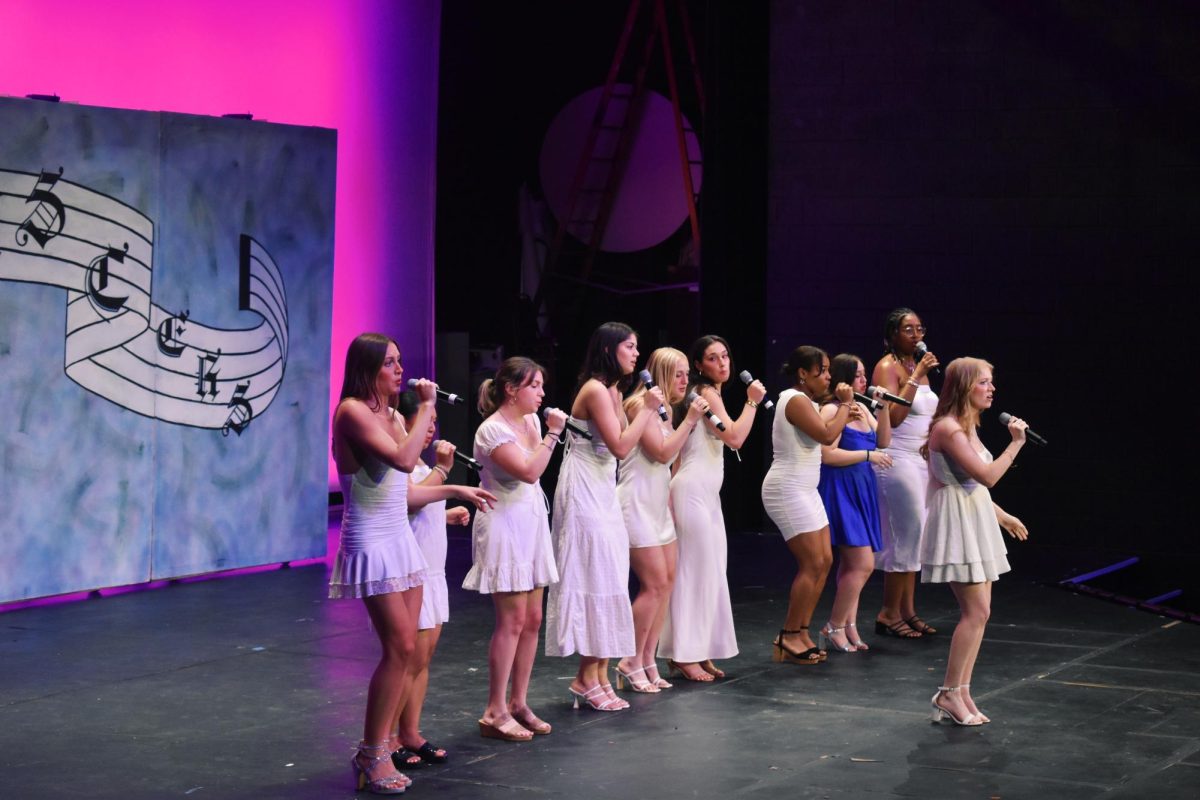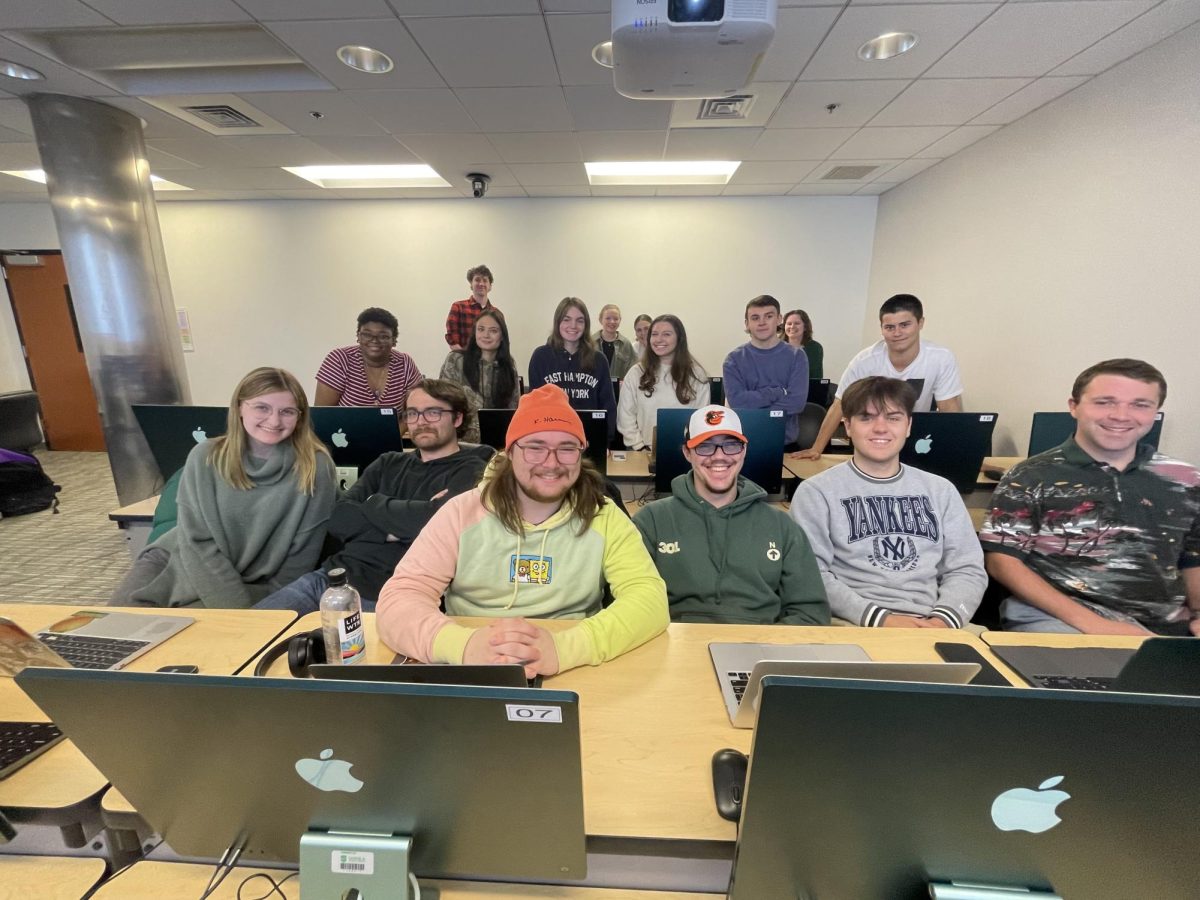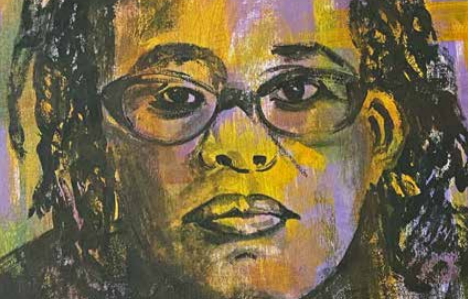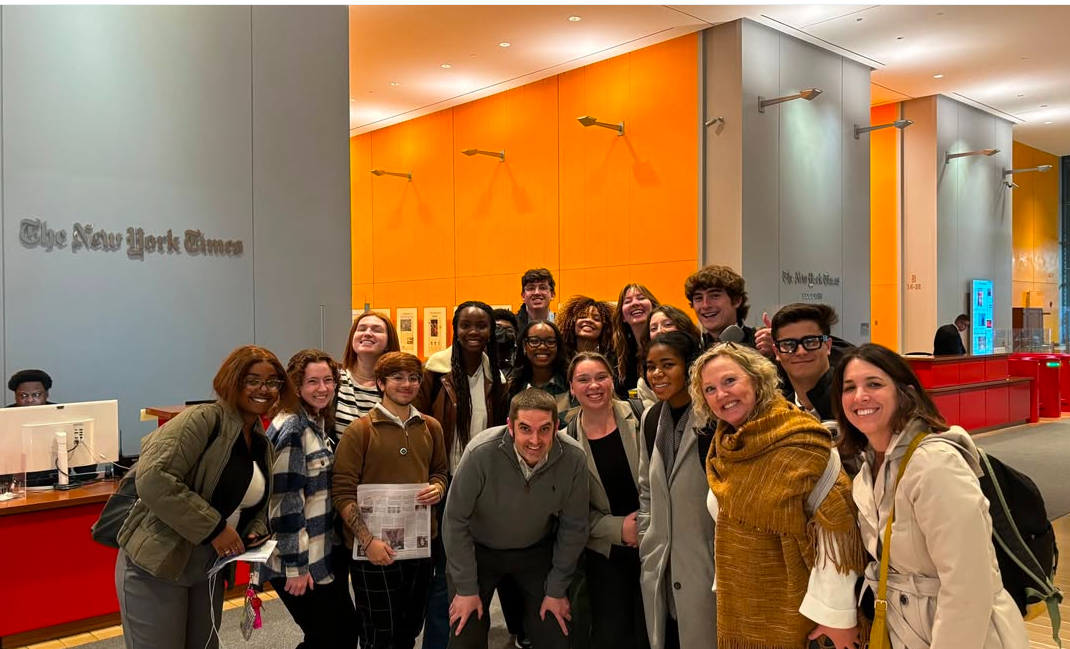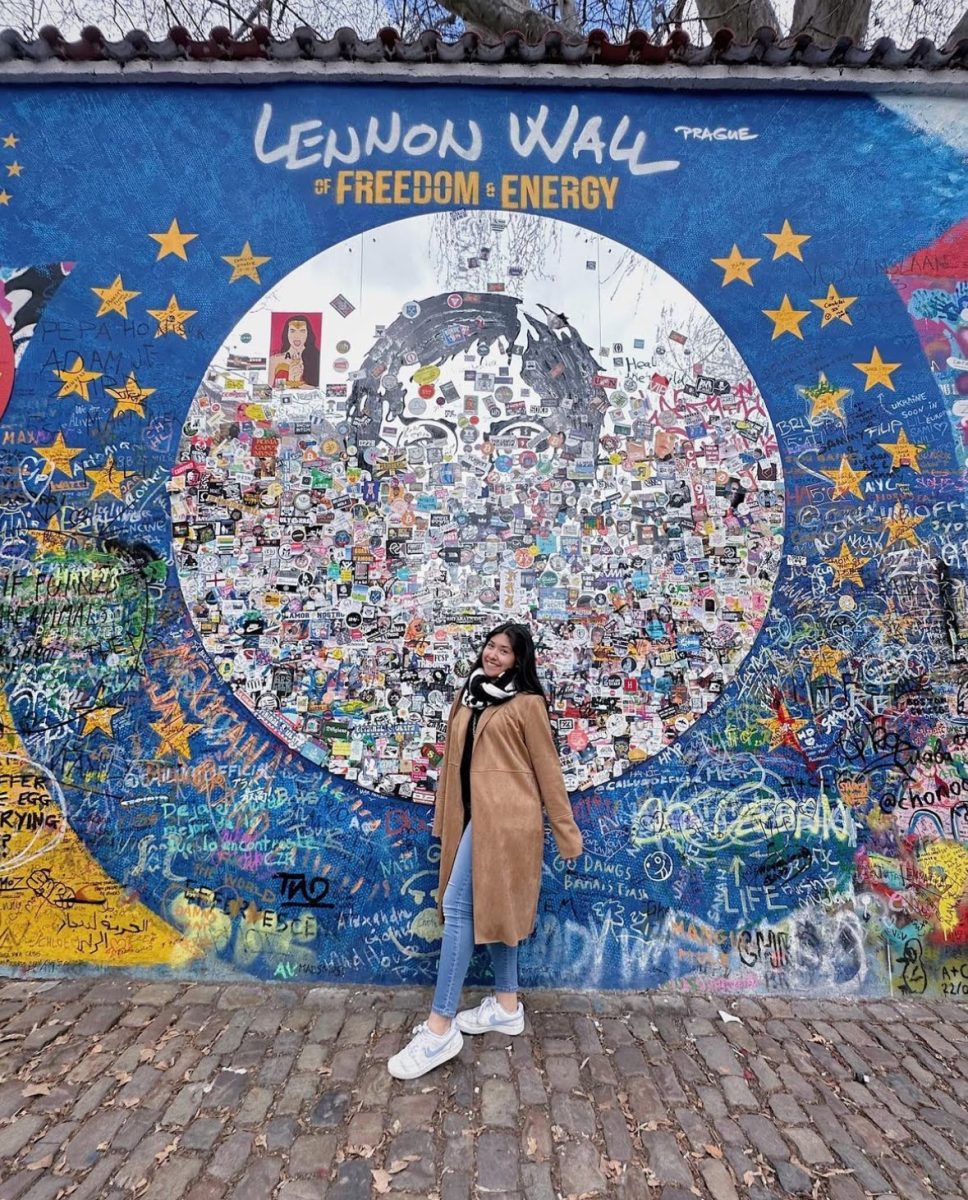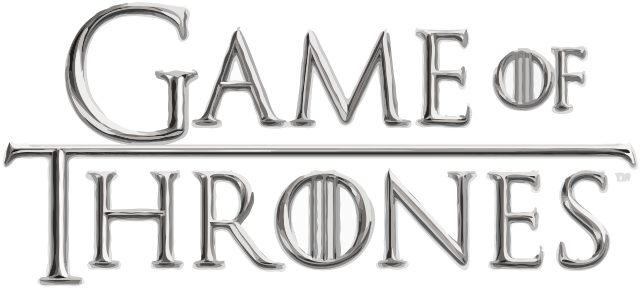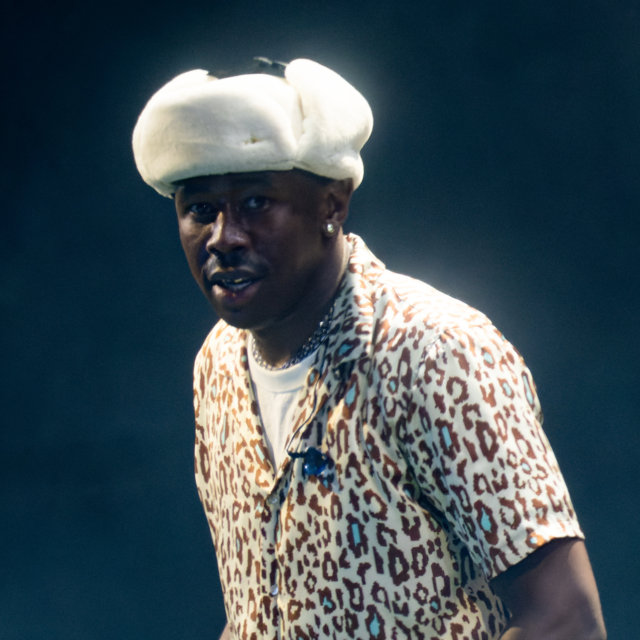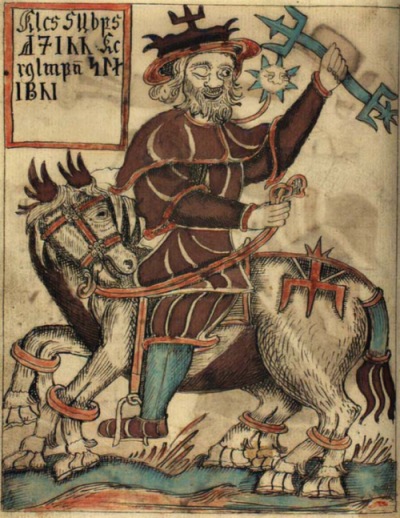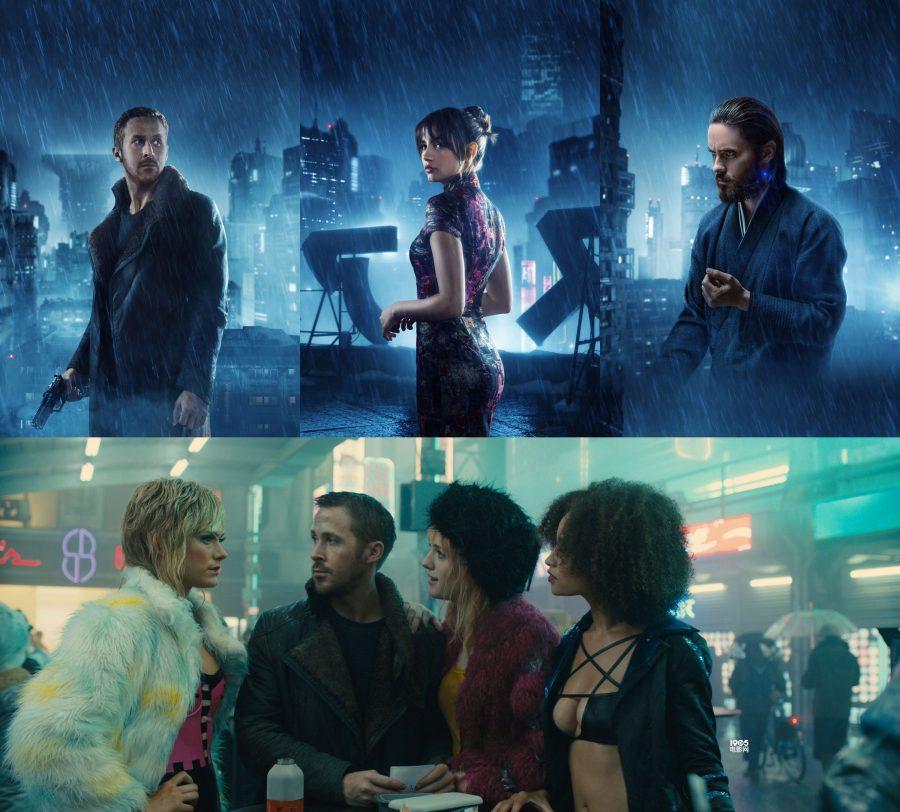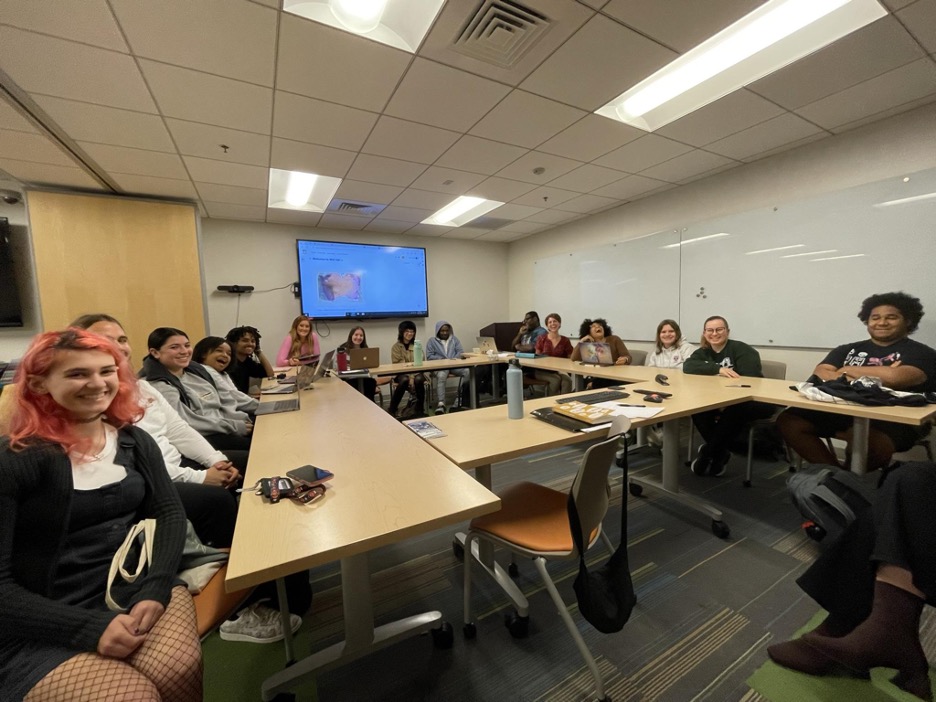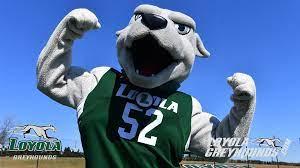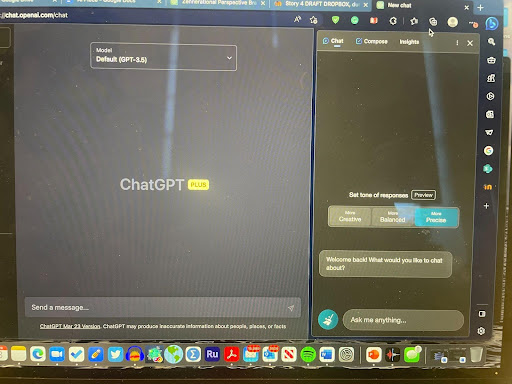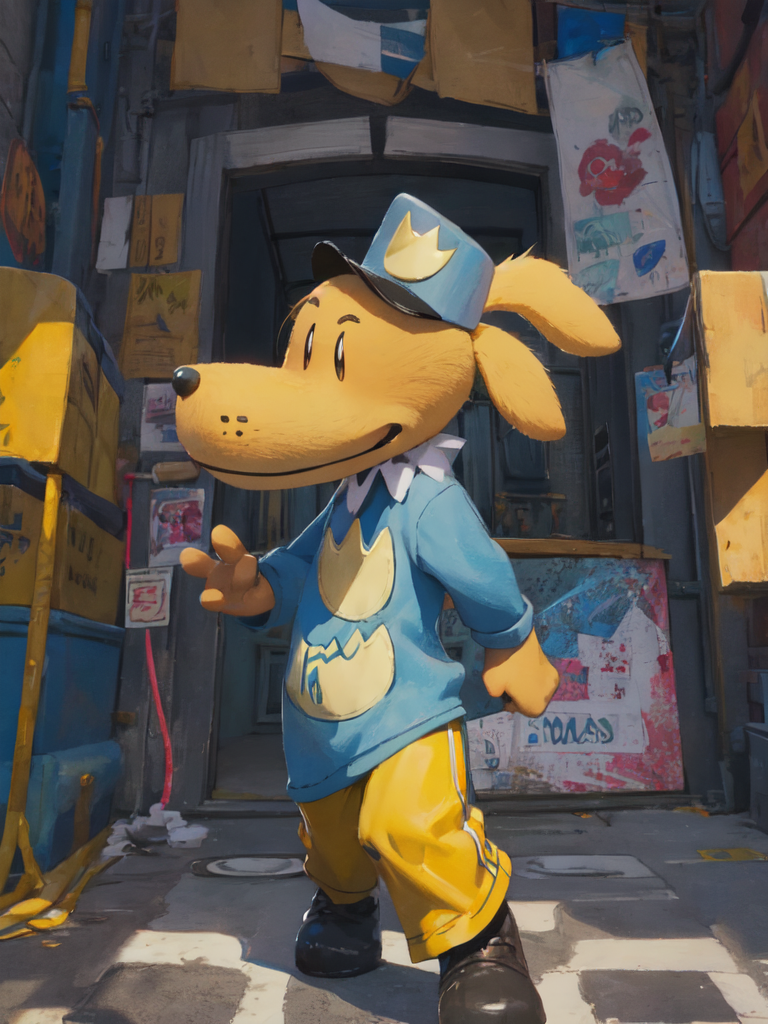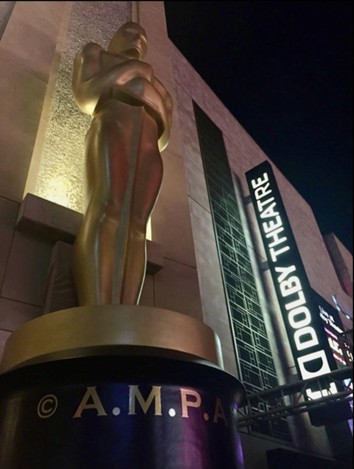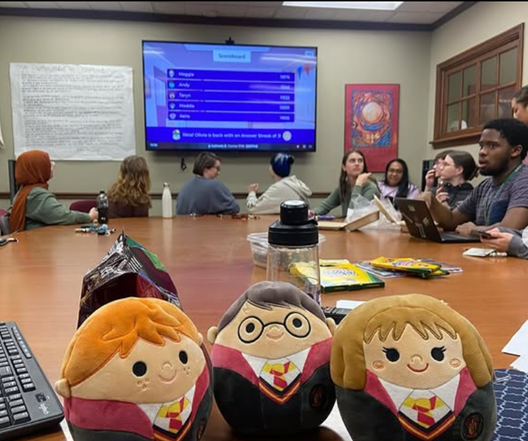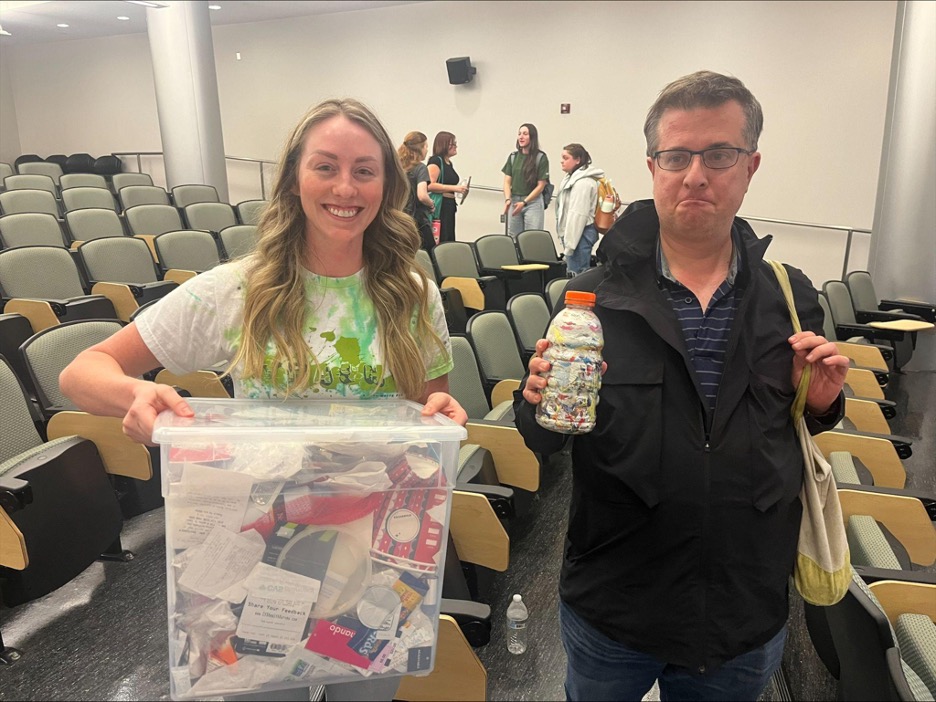“Blade Runner 2049” is the sequel to one of the ’80s best sci-fi classics “Blade Runner,” which introduced audiences to a dystopian future world where bioengineered humans called replicants serve as the primary labor force for the world population (although not entirely by their own will).
Set 30 years after the events of the first film in the year 2049, “Blade Runner 2049” follows the story of Agent K of the Los Angeles Police Department (played by Ryan Gosling), who is a new model of replicant designed by the Wallace Corporation to be more compliant than the previous models. K is a special kind of cop known as a Blade Runner, whose task is t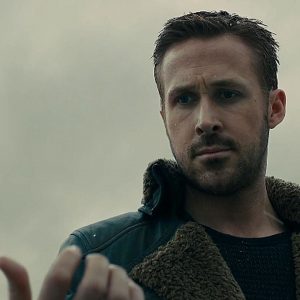 o hunt down old models who have gone rogue and threaten the relative peace of a society teetering on collapse.
o hunt down old models who have gone rogue and threaten the relative peace of a society teetering on collapse.
We join K as he soars over a gray, destitute landscape, just one of the many jaw-dropping vistas in the film. 2049’s LA is a bleak, urban sprawl sandwiched between a dark, violent oceanfront and the radioactive wasteland once known as Las Vegas, which looks almost alien with the clouds of red sand blanketing the ruined city. These scenes reminiscent of the awe-striking vistas seen in films like “Planet of the Apes” and “The Martian.”
K encounters an old replicant, Sapper Morton, working on a protein farm, the likes of which are necessary to produce enough food to sustain the desperate human population left on earth. A brief fight ensues between K and his target, who in his final moments tells K that he would never help the humans kill the replicants if K had seen the kind of “miracle” that Morton has. Before K reports back to headquarters, he comes across an old dead tree and a container buried beneath it.
Within, K finds the first clue to a complex mystery that will take him down a path of self-discovery to understand his own murky past and along the way uncover who is human and who is not.
In the film, the line between genuine humanity and simulated emotion is paper thin, evidenced in the highly emotive Joi (played byAna de Armas), a piece of artificial intelligence software and K’s love interest throughout the film. Though Joi can project a 3-D hologram of a young, beautiful woman, she is physically nothing more than a computer program in a console on K’s apartment wall.
The replicant and the AI share a bond that runs as deeply as the love between any normal couple if not more so, as exemplified by the numerous occasions where K puts his life on the line for Joi and she expresses her willingness to do the same.
The relationship between these two characters really begs the question: can a human and an AI form a genuine bond? Many recent sci-fi films have touched upon the possibility of a machine obtaining sentience, but most focus on the morality of creating a responsive and realistic AI, rather than the implications such an impressive technological feat would have on the more mundane relationships between humans and synthetic beings.
Joi’s attitude to be the perfect companion can be chopped up to programming, but her desire to be more physically intimate with K hints at a deeper level of self-awareness than her creators intended.
“Blade Runner 2049” is a cinematic masterpiece that invites a new generation to join the discussion of what it means to be human in a synthetic world. The acting in the film is believable and some of the best I’ve seen all year. The movie features other stars like Jared Leto and Harrison Ford, who returns as his character Deckard from the first film, and both gave exceptional performances. If you haven’t seen “2049” yet, make it a mission to do so, as this is one of the best experiences for moviegoers this year.
Tyler’s Score: 5/5
Images courtesy of Deep Sky Object




